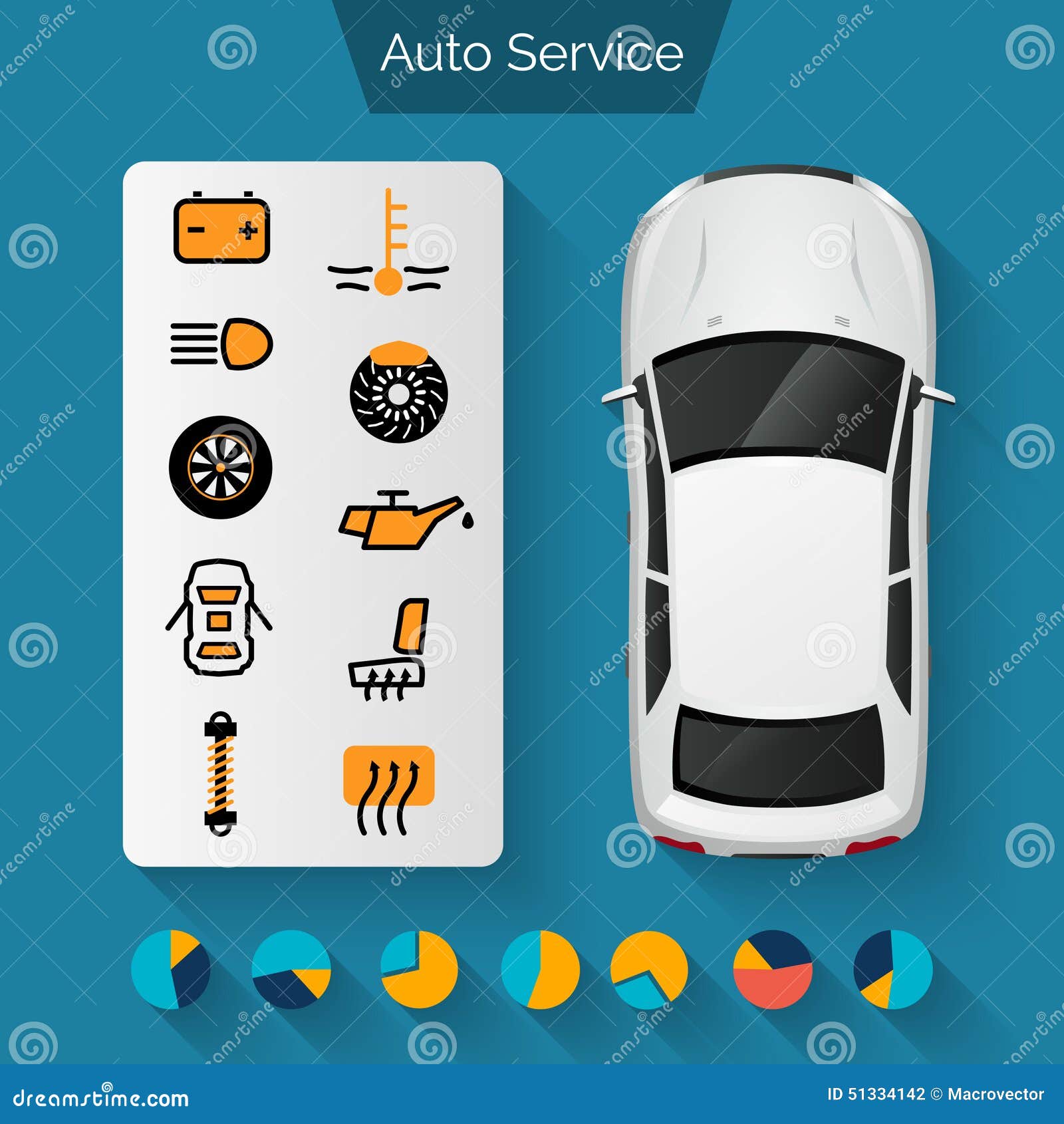Evaluating Your Car'S Caution Indicators: What They Actually Convey
Evaluating Your Car'S Caution Indicators: What They Actually Convey
Blog Article
Post Developed By-Termansen Corbett
When you're behind the wheel, those radiant caution lights on your control panel can be a little bit puzzling. Do you understand what they're trying to inform you concerning your vehicle's wellness? Understanding the significance of these lights is essential for your safety and security and the durability of your lorry. So, the next time one of those lights appears, wouldn't you want to decode its message precisely and take the essential steps to address it?
Common Warning Lights and Interpretations
Determine usual warning lights in your car and comprehend their significances to guarantee risk-free driving.
One of the most typical caution lights consist of the check engine light, which indicates concerns with the engine or emissions system. If this light begins, it's critical to have your vehicle inspected quickly.
The oil stress cautioning light shows low oil pressure, calling for immediate attention to stop engine damage.
A flashing battery light may recommend a malfunctioning billing system, potentially leaving you stranded otherwise dealt with.
The tire pressure surveillance system (TPMS) light alerts you to reduced tire pressure, affecting lorry stability and gas efficiency. Overlooking this might bring about harmful driving conditions.
The abdominal muscle light indicates a problem with the anti-lock stopping system, jeopardizing your capability to stop quickly in emergencies.
Finally, the coolant temperature level warning light warns of engine getting too hot, which can result in extreme damages if not resolved quickly.
Comprehending car wash. will certainly aid you address issues immediately and keep safe driving conditions.
Value of Prompt Focus
Recognizing the usual warning lights in your car is just the first step; the value of immediately addressing these cautions can not be emphasized sufficient to ensure your safety and security when driving.
When a caution light brightens on your dashboard, it's your auto's method of connecting a prospective concern that requires focus. Ignoring these cautions can cause much more extreme issues later on, compromising your safety and potentially costing you a lot more in repairs.
Prompt focus to advising lights can protect against break downs and mishaps. For instance, a flashing check engine light could suggest a misfire that, if left neglected, might create damages to the catalytic converter. Resolving this quickly can conserve you from a costly fixing.
Similarly, a brake system alerting light might signal low brake liquid or used brake pads, essential elements for your security when driving.
Do It Yourself Troubleshooting Tips
If you see a caution light on your dashboard, there are a couple of DIY repairing pointers you can try before looking for expert aid.
https://sethtkbrh.like-blogs.com/31081440/the-future-of-auto-outlining-emerging-fads-and-technologies-to-see is to consult your vehicle's guidebook to recognize what the certain caution light indicates. Sometimes the issue can be as basic as a loose gas cap causing the check engine light. Tightening up the gas cap might fix the trouble.
An additional common problem is a reduced battery, which can activate various advising lights. Examining the battery links for corrosion and ensuring they're safe and secure might take care of the trouble.
If a caution light lingers, you can try resetting it by disconnecting the vehicle's battery for a couple of minutes and afterwards reconnecting it. Additionally, inspecting your automobile's fluid degrees, such as oil, coolant, and brake liquid, can aid troubleshoot cautioning lights connected to these systems.
Final thought
In conclusion, recognizing your automobile's warning lights is important for keeping your vehicle running efficiently and securely. By without delay dealing with these notifies and understanding what they indicate, you can prevent costly repairs and possible failures.
Keep in mind to consult your automobile's handbook for particular information on each alerting light and take action appropriately to make certain a hassle-free driving experience.
Stay notified, stay safe when driving!
